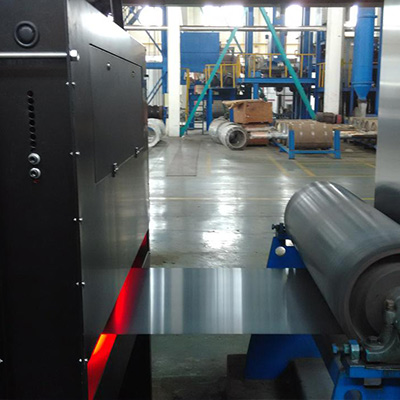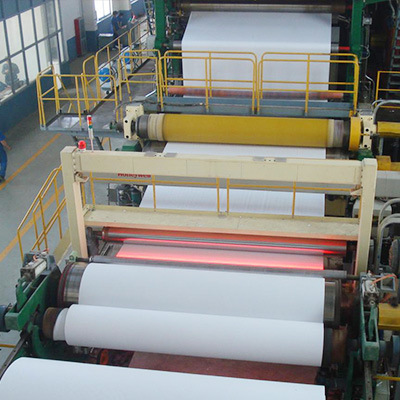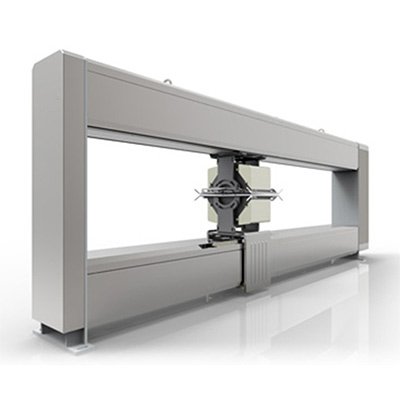In modern manufacturing and quality control processes, surface defect detection systems have become an indispensable tool. These systems leverage advanced technologies such as machine vision, artificial intelligence (AI), and high-resolution imaging to identify and classify defects on the surfaces of materials or products. Their applications span a wide range of industries, including automotive, electronics, textiles, and metalworking. The advantages of surface defect detection systems are numerous, making them a critical component in ensuring product quality, reducing costs, and improving efficiency.
1. Enhanced Accuracy and Consistency
One of the most significant advantages of surface defect detection systems is their ability to achieve high levels of accuracy and consistency. Human inspectors, while skilled, are prone to fatigue, distractions, and subjective judgments, which can lead to errors in defect identification. In contrast, automated systems can analyze surfaces with precision, detecting even the smallest imperfections that might be missed by the human eye. By using AI algorithms, these systems can learn and improve over time, further enhancing their accuracy and reducing false positives or negatives.
2. Increased Efficiency and Speed
Surface defect detection systems operate at remarkable speeds, far surpassing manual inspection methods. In high-volume production environments, where thousands of products are manufactured every hour, manual inspection is simply not feasible. Automated systems can inspect products in real-time, ensuring that defects are identified and addressed immediately. This not only speeds up the production process but also minimizes downtime, leading to higher overall productivity.
3. Cost Savings
Implementing surface defect detection systems can lead to significant cost savings for manufacturers. By identifying defects early in the production process, these systems help reduce waste and rework, saving both materials and labor costs. Additionally, they prevent defective products from reaching customers, which can result in costly returns, recalls, or damage to a company’s reputation. Over time, the investment in such systems pays off through improved operational efficiency and reduced losses.
4. Versatility Across Industries
Surface defect detection systems are highly versatile and can be adapted to various industries and materials. Whether it’s detecting scratches on metal surfaces, cracks in glass, or irregularities in fabric, these systems can be customized to meet specific requirements. This flexibility makes them suitable for a wide range of applications, from automotive paint inspection to semiconductor wafer analysis. As technology advances, the capabilities of these systems continue to expand, making them even more adaptable to emerging challenges.
5. Data-Driven Insights
Another key advantage of surface defect detection systems is their ability to generate and analyze large amounts of data. By collecting information about defect types, frequencies, and locations, manufacturers can gain valuable insights into their production processes. This data can be used to identify patterns, pinpoint root causes of defects, and implement preventive measures. Over time, this leads to continuous improvement in product quality and process optimization.
6. Improved Safety
In industries where surface defects can compromise the safety of products, such as aerospace or medical devices, surface defect detection systems play a critical role. By ensuring that every product meets stringent quality standards, these systems help prevent accidents and failures that could have serious consequences. For example, detecting a tiny crack in a turbine blade or a medical implant can prevent catastrophic failures, safeguarding both users and manufacturers.
7. Scalability and Integration
Surface defect detection systems are designed to integrate seamlessly with existing production lines and workflows. They can be scaled up or down depending on production demands, making them suitable for both small-scale and large-scale operations. Additionally, these systems can be integrated with other automation technologies, such as robotic arms or conveyor systems, to create a fully automated quality control process. This level of integration enhances overall operational efficiency and reduces the need for manual intervention.
8. Compliance with Industry Standards
Many industries are subject to strict regulatory requirements and quality standards. Surface defect detection systems help manufacturers comply with these standards by providing objective, repeatable, and documented inspection results. This not only ensures compliance but also simplifies audits and certifications, as the data generated by these systems can serve as proof of adherence to quality guidelines.
In conclusion, surface defect detection systems offer a multitude of advantages that make them essential in today’s manufacturing landscape. From improving accuracy and efficiency to reducing costs and enhancing safety, these systems provide a comprehensive solution for quality control challenges. As technology continues to evolve, the capabilities of surface defect detection systems will only grow, further solidifying their role as a cornerstone of modern manufacturing. By investing in these systems, companies can ensure higher product quality, greater customer satisfaction, and a stronger competitive edge in the market.














 Top
Top
 Email
Email
 WhatsApp
WhatsApp

 Submit Form
Submit Form
 Down
Down